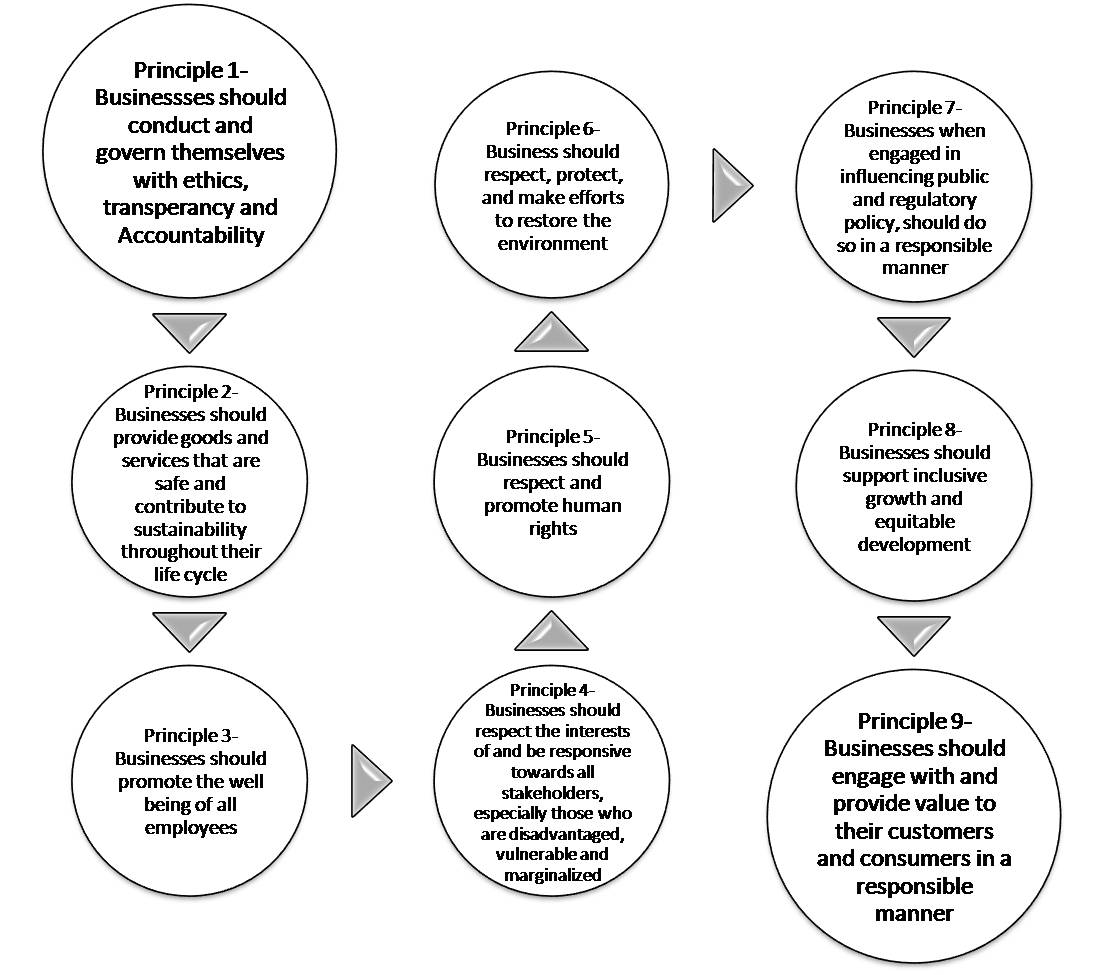Road map to registration of ISO management system – Getting Certificate
History behind ISO;
 ISO stands for International Organization for Standardization. In Greek isos, means “equal”.
ISO stands for International Organization for Standardization. In Greek isos, means “equal”.
ISO is a non-governmental organization and enjoys observer status in the World Trade Organization. ISO is essentially a network of the 156 nation national standards institutes. The Central Secretariat is located in Geneva, Switzerland. The ISO system originated from the International Electro Technical Field and the International Electro Commission (IEC) was established in 1906. It has its roots in the British Standard Institution as BS 5750.
In 1946, 25 countries met in London and decided to start a new international organization with an objective “to facilitate the international coordination and unification of industrial standards”. This organization i.e. ISO is functional since 23 February 1947.
ISO collaborates with IEC (International Electro technical Commission) ITU(International Telecommunication Union) based at Geneva, Switzerland and they have formed the World Standards cooperation in order to better coordinate their activities, as well as the implementation of International Standards.
Membership of ISO is open for any country; however, individuals or enterprises are not eligible for membership. It is divided into three categories:
BENEFITS OF ISO CERTIFICATION
Govt. of India provides a 75% reimbursement of expenses that are incurred (subject to a maximum of Rs.75000/-) on ISO 9000 certification. This subsidy is available only to registered companies.
Based on world wide experience, any organization can achieve minimum following benefits such as-
- Increased customer confidence 30% reduction in customer claims
- Improvement in delivery time
- Reduced defects / Rejection from 3% to 5%
- 40% reduction in product cycle time
- 20% increase in on-time delivery
- Passport for International Market.
- Increase Brand name and Professional Image.
- Ensures Consistent Quality.
- Reduction in costs of production
- Clarity of responsibility and authority due to better and defined system.
ISO does not carry out certification, but as a service, there is a mechanism for governing the registration of certificates by certification bodies and the accreditation bodies that approve to the companies who’s Management System has been assessed and complies with the ISO standards. Certification agency or certification body is issuing the certificate on behalf of accredited body. Presently there are more than 400 Certification bodies exist in the world. Following are some well known certification bodies:
M/s British Standards Institution (BSI)
M/S Det Norske Veritas (DNV)
M/s Bureau of Indian Standards (BIS)
M/s Indian Register Quality Systems (IRQS)
M/s Bureau Veritas Quality International (BVQI)
M/s SGS
M/s KPMG
M/s International Certification Limited
M/s Quality Certification Bureau
M/s Intertek Services Corporation Inc
M/s Quality-Cert (India) Pvt. Ltd. Delhi
M/s TUV Suddeutschland (India) Pvt. Ltd
M/s American Quality Assessors
M/s German Research Institute of the Cement Industry (VDZ)
How can you get ISO certification?
Determine which management standard to adopt-
Depending upon the product and the process system, an organization needs to decide which Management System and standard they wish to adopt.
Assemble a team and agree upon a strategy-
An organizational strategy needs to be developed, and an implementation team (Management Team & Core Committee) should be formed.
Training-
Training provides all employees a deeper understanding and familiarity with the overall process. All employees including the lower rung staff of the organization need to be aware of the procedures that involve an ISO system. A wide range of training courses are available to achieve this end. A consultant can also be hired for smooth transition and imparting efficient training.
Choosing a Registrar-
A certification body is called a registrar or a third party. For example, the BSI. This registrar or certification body will assess the effectiveness of the management system. If the requirements are met, then a certificate is issued. This serves as an indicator to customers, suppliers, and regulatory authorities that the company has implemented the ISO system and is committed towards its implementation. When choosing a registrar, the price levels, experience and expertise with required service levels need to be kept in mind.
Develop Quality manual-
A Quality manual outlays the intention to operate in a quality manner. It will decide and outline the principles and core values of the business, the intentions of the firm, the application and manner of implementation of the standard and business operations.
Develop supporting documentation-
This serves as a secondary to the quality manual. It outlines the procedure undertaken to complete a task.
Implement Management System-
Once the previous exercises are completed, then the implementation of the management system can follow. This ensures that the party conforms to the principles of the management system. During implementation, records also need to be maintained.
Pre-Assessment-
Pre-assessment should normally take place about 6 weeks after the implementation of the quality system. The pre-assessment exercise helps to identify areas of concern where a further balance and mitigation is required.
Registration-
Once the preparation and implementation has been completed, registration can take place. The registrar will review the management system and finally recommend for registration. A certificate will then be issued. Once the certification is awarded, it can be showcased in order to promote the business.
Continual Assessment
Continue and maintaining registration requires commitment to the system. This needs to be periodically checked by the registrar to ensure that the adopted system is in concurrence with the requirements of the standard.
Author’s Bio-
Ms. Sumaiya Waheed is a post graduate in Environment Management. She works as an Environment Executive & Associate FAE at ENV DAS India (P) Ltd. She is actively involved and has professional experience in EIA/EMP/DMP, Carbon Crediting, Climate Change and pollution control.



